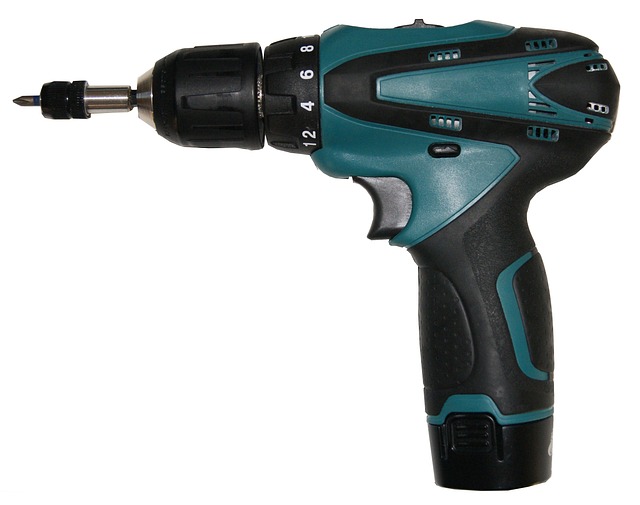
For DIY enthusiasts, power tools are essential companions in the pursuit of creative projects and home improvements. However, to ensure these tools remain reliable and efficient, proper maintenance, including regular cleaning, is crucial. In this comprehensive guide, we’ll delve into the ins and outs of maintaining your power tools, covering everything from the importance of cleaning to practical tips and step-by-step instructions for keeping your gear in top-notch condition. Let’s empower your DIY endeavors by unlocking the secrets of effective power tool maintenance.
See also our post on Janitorial Cleaning vs. Deep Cleaning: Which Does Your Business Need?
The Importance of Cleaning Your Power Tools
1. Extended Tool Lifespan
Regular cleaning significantly extends the lifespan of your power tools. Dust, debris, and grime can accumulate over time, leading to wear and tear. By keeping your tools clean, you ensure they function optimally for years to come.
2. Enhanced Performance
Clean tools deliver enhanced performance. A well-maintained power tool operates smoothly, providing better precision and efficiency in your DIY projects. Avoid frustrating slowdowns and malfunctions by incorporating regular cleaning into your routine.
3. Safety First
Maintaining a clean workspace is essential for safety. Dust and debris not only affect tool performance but can also pose safety risks. Clean tools reduce the likelihood of accidents and contribute to a safer DIY environment.
4. Preventing Rust and Corrosion
Power tools are susceptible to rust and corrosion, especially if exposed to moisture. Cleaning and proper storage help prevent these issues, ensuring your tools remain in top condition and ready for use when needed.
5. Maintaining Warranty Compliance
Many power tools come with warranties that require proper maintenance. Regular cleaning and adherence to manufacturer guidelines not only preserve your tools but also keep your warranty intact, providing added peace of mind.
Essential Cleaning Tools and Materials
Soft Bristle Brush
A soft bristle brush is ideal for removing loose dust and debris from the surface of your power tools. Use a brush with fine bristles to reach into crevices and delicate parts.
Compressed Air
Compressed air is a powerful tool for blowing away stubborn dust and debris. It reaches areas that brushes may not, ensuring a thorough clean. Be sure to use it from a safe distance to avoid damaging delicate components.
Lint-Free Cloths
Lint-free cloths are essential for wiping down surfaces and removing any remaining dust or cleaning agents. They prevent lint or fibers from getting caught in moving parts.
Cleaning Solvent
For tougher grime and residue, a mild cleaning solvent can be applied to a cloth or brush. Ensure the solvent is appropriate for your tool’s materials and avoid harsh chemicals that may cause damage.
Protective Coating
Consider applying a protective coating to metal surfaces after cleaning. This helps prevent rust and corrosion. Some power tool manufacturers offer specific coatings, but a light application of machine oil or silicone spray can also be effective.
See also our post on Mastering the Art of Eco-Friendly Window Cleaning for Streak-Free Views
Step-by-Step Guide to Cleaning Your Power Tools
Safety First
Before starting the cleaning process, ensure your power tool is unplugged or its battery removed. Safety is paramount when working with cleaning agents and moving parts.
Brush Away Loose Debris
Using a soft bristle brush, gently remove loose dust and debris from the tool’s surface. Pay special attention to vents, switches, and other areas where dust tends to accumulate.
Blow Out Stubborn Debris
Use compressed air to blow out any remaining stubborn debris. Hold the tool in a way that allows debris to be expelled safely, and use short bursts to avoid causing damage.
Wipe Down with Cleaning Solvent
For more stubborn grime, dampen a cloth or brush with a mild cleaning solvent. Wipe down the surfaces, focusing on areas with grease or residue. Be cautious around electronic components and avoid oversaturation.
Apply Protective Coating
If recommended by the manufacturer or if you’re dealing with metal surfaces, apply a protective coating. Follow the instructions provided, ensuring an even application to prevent future corrosion.
Additional Maintenance Tips
Check and Tighten Fasteners
Regularly inspect and tighten any loose screws, nuts, or bolts. Vibrations during tool operation can cause fasteners to loosen over time.
Inspect Cords and Plugs
For corded tools, regularly inspect cords for fraying or damage. Ensure plugs are in good condition. Replace any damaged cords to avoid electrical hazards.
Lubricate Moving Parts
Apply appropriate lubrication to moving parts, such as gears and bearings. This ensures smooth operation and reduces friction that can lead to wear.
Store Tools Properly
When not in use, store your power tools in a dry and secure environment. Use cases or toolboxes to protect them from dust, moisture, and potential damage.
Follow the Manufacturer’s Guidelines.
Always refer to the manufacturer’s guidelines for maintenance. Different tools may require specific care, and following these instructions ensures you’re treating your tools with the care they deserve.
See also our post on Janitorial Services: Essential Cleaning for Commercial Spaces
Conclusion
Maintaining your power tools through regular cleaning is a simple yet powerful practice that pays dividends in the longevity, performance, and safety of your equipment. By incorporating the tips and techniques outlined in this guide into your DIY routine, you’ll not only preserve the tools you rely on but also enhance your overall DIY experience. Treat your power tools with the care they deserve, and they’ll continue to be your trusted allies in bringing your creative visions to life.







